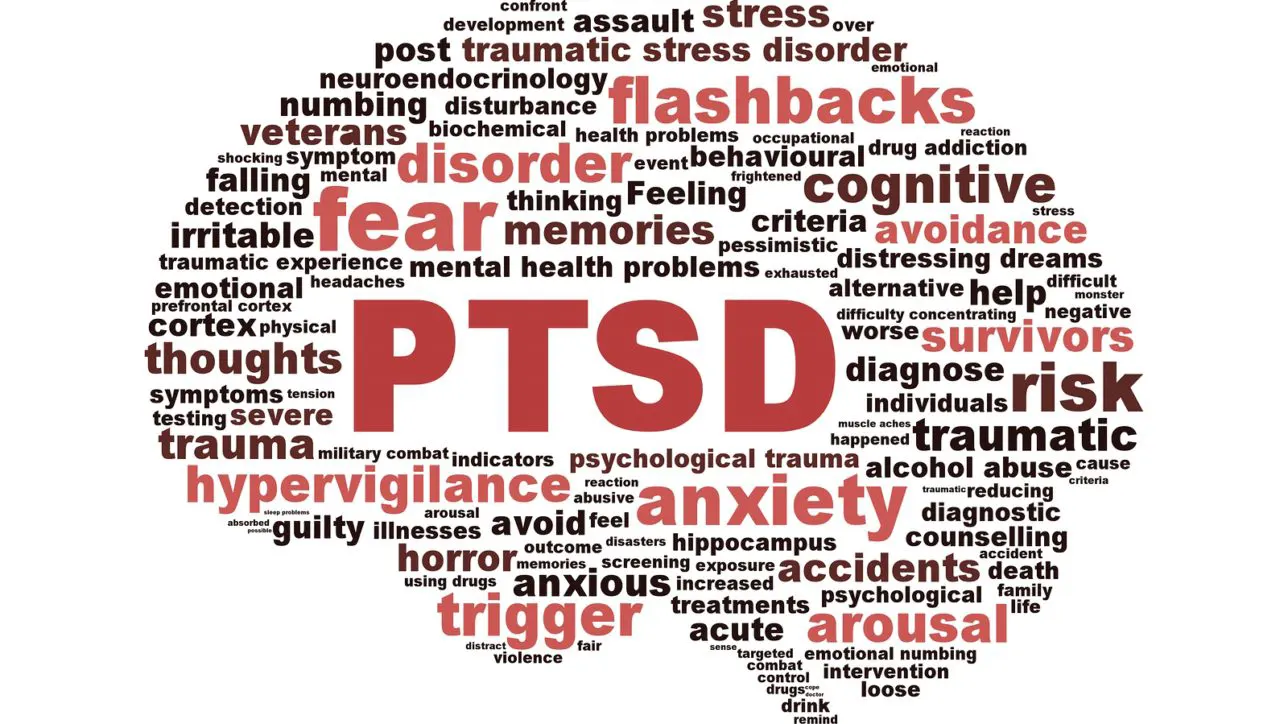What is PTSD?
Post Traumatic Stress Disorder (PTSD) is a condition that can arise when a person experiences a traumatic or life-threatening event. In these situations our body activates its fight or flight response to respond quickly and accordingly by either fending off the threat or fleeing the dangerous situation. However depending on genetic predisposition and the severity of the trauma some survivors are left with lasting effects on their brain’s ability to properly utilize this response as well as a dysfunctional fear extinction mechanism.
Veterans returning from the battlefield are particularly prone to this type of illness and it continues to be a growing issue as more soldiers return from their deployment. Symptoms of PTSD include flashbacks, hypersensitivity or the feeling of being “on edge”, as well as avoidance behaviors especially of situations and things that remind the patient of the trauma. Typically antidepressants and other prescription drugs such as Valium were used to treat PTSD but ultimately these drugs do not solve the problem leading many of these patients to addiction and suicide especially when combined with alcohol.
The Science Behind Why Cannabis Works for PTSD
Cannabis can be an invaluable tool to these patients because its primary constituent THC acts on cannabinoid receptors in the brain. These receptors assist in an important function that is damaged in these patients, the ability to forget. The following clip from the film “The Botany of Desire” describes this somewhat counterintuitive evolutionary adaptation:
https://www.youtube.com/watch?v=WFmhTQTtt04.
The endocannabinoid system (ECS), specifically CB1 receptors, mediate this action in the brain. THC acts as a partial agonist at these receptors eliciting a cascade of cell signaling responses that lead to a rescue of fear extinction learning. CB1 receptors are found primarily in the central nervous system and are found in most of the brain but particularly the action of these receptors in the prefrontal cortex, hippocampus, and the amygdala are what make cannabis so useful for PTSD. These receptors are responsible for maintaining hedonia (state of well-being) as well as opposing hypothalamus pituitary axis (HPA) response to stress, bringing the body back to homeostasis following exposure to stressful stimuli.
Animal Studies
There has been a large amount of preclinical data gathered that implicates the ECS as a primary target for the treatment of PTSD. A study from 2002 led by Marsicano shows that the CB1 receptors in the amygdala are required for the extinction of fear memories. A further study by Hill in 2005 showed that following chronic stress signaling in the ECS is downregulated. This downregulation impaired reversal learning (the ability to be trained differently to two stimuli based on reward or punishment response) in mice and as anticipated induced perservatory behaviors. The study also found that the effects of chronic stress were reversed when an exogenous CB1 agonist was applied.
Human Studies
Human studies using positron emission tomography (PET) scans have revealed that the CB1 receptors of PTSD patients are primarily unoccupied suggesting a deficiency in endocannabinoid signaling. In addition, blood endocannabinoid concentrations in PTSD patients were considerably lower than those that had not experienced trauma. Further human studies published in 2013 in the journal Neurobiology of Learning and Memory confirmed that THC’s action at the CB1 receptor facilitated fear extinction learning through its interactions with the amygdala, ventromedial prefrontal cortex (vmPFC), and hippocampus.
Future Studies
Recently the federal government has lightened its chokehold on cannabinoid research for PTSD. Last March in an unprecedented move, the DEA gave the University of Arizona the green light to study cannabis use in veterans with the disorder. This approval marks a huge accomplishment for researchers who have had to maneuver a variety of obstacles the federal government has implemented.

